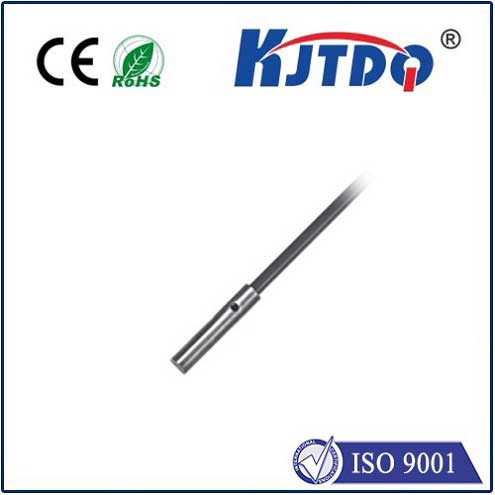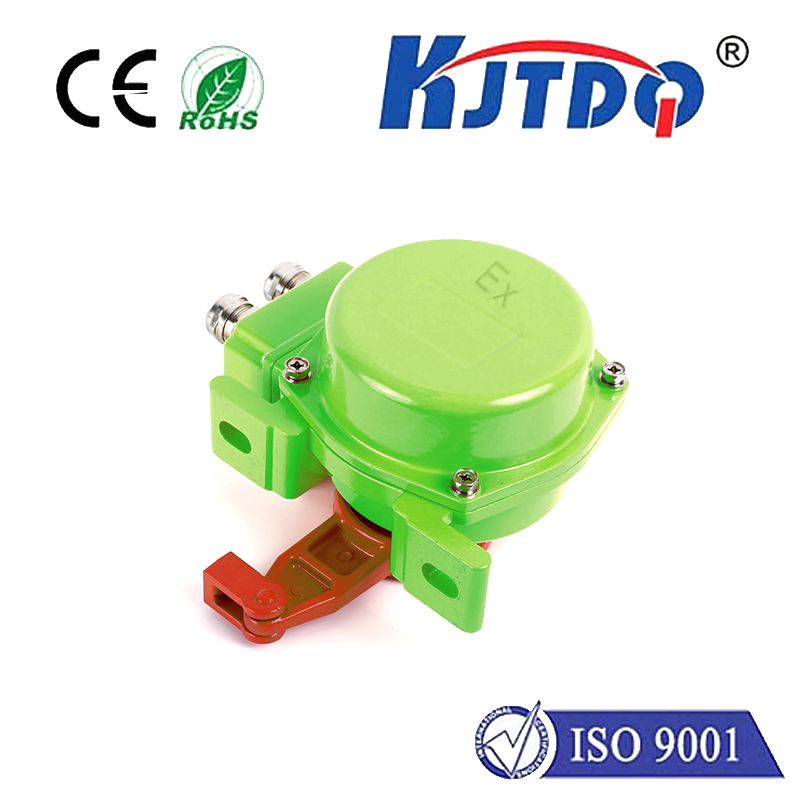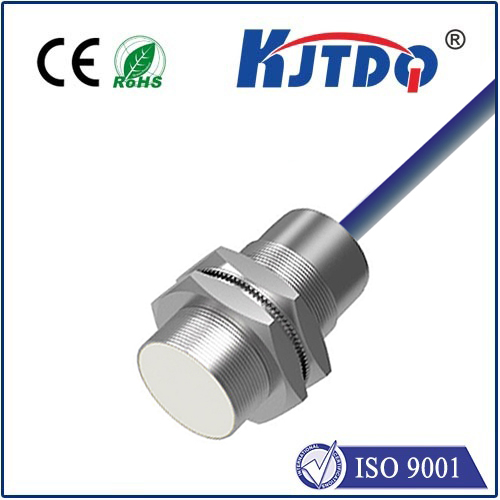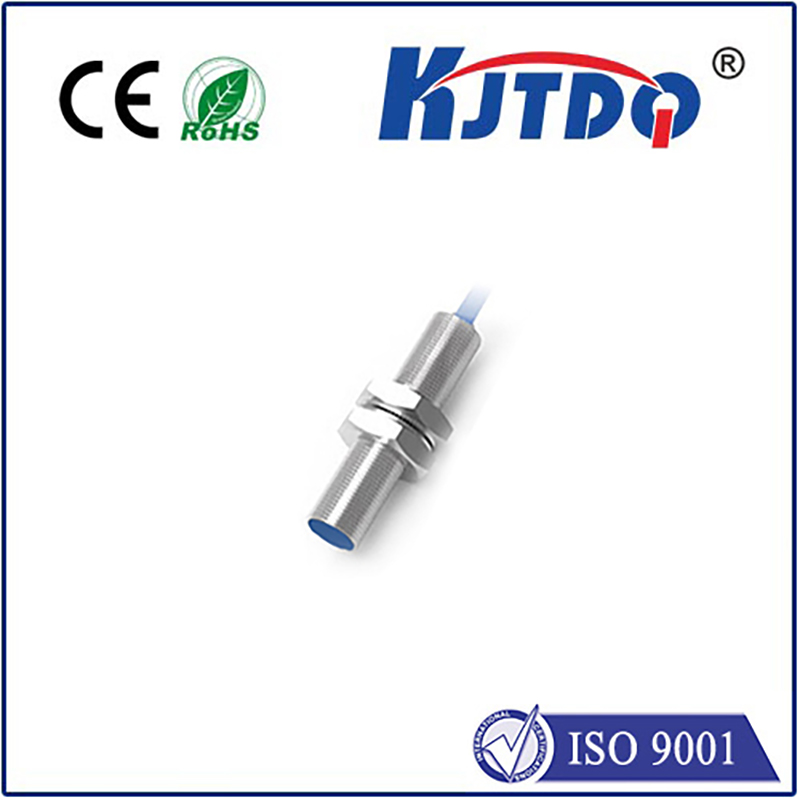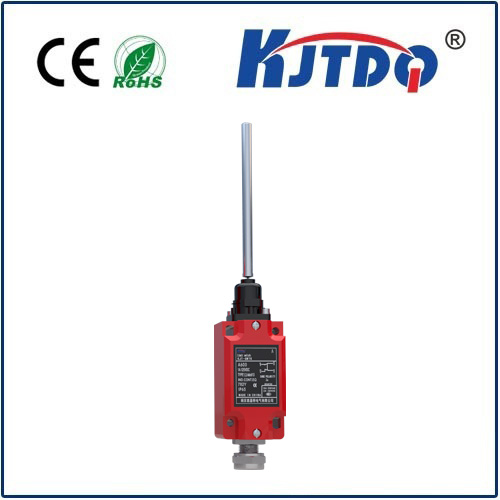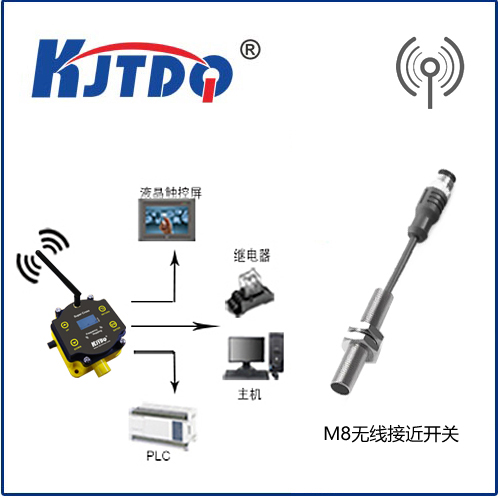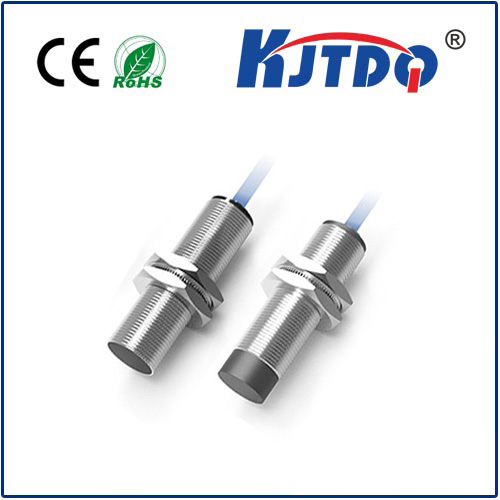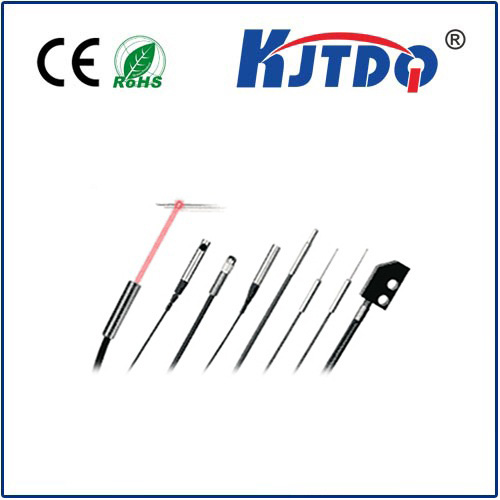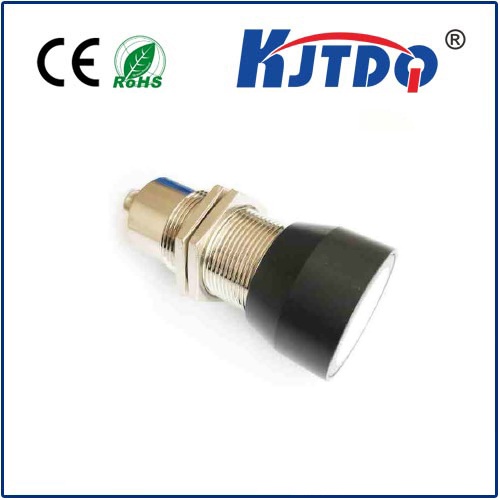multimeter with temperature probe
- time:2025-08-22 01:37:42
- Click:0
The Ultimate Tool for Dual Measurements: Your Guide to Multimeters with Temperature Probes
Imagine needing to diagnose why an appliance overheats. You suspect a faulty component drawing too much current, but is heat the cause or a symptom? Fumbling between a standard multimeter for electrical checks and a separate thermometer for heat feels clumsy and risks missing critical data points. This is where the multimeter with temperature probe transforms troubleshooting from fragmented guesswork into integrated, efficient diagnostics. This versatile instrument merges the core electrical measurement capabilities of a digital multimeter (DMM) with the ability to accurately measure temperature, becoming an indispensable tool for a surprisingly wide range of users.
What Exactly is a Multimeter with Temperature Probe?
At its heart, it’s a standard digital multimeter – expertly measuring voltage (AC/DC), current (AC/DC), resistance, continuity, and often capacitance and frequency. The defining feature is the addition of a dedicated input port for a temperature probe, usually a K-type thermocouple. This probe acts as the sensor, converting thermal energy into a small electrical voltage that the multimeter interprets and displays as a temperature reading (commonly in °C or °F).
This integration means you carry one device to assess both the electrical health and the thermal profile of a system. It eliminates the need for separate meters, streamlining your workflow and ensuring temperature readings correlate directly with simultaneous electrical measurements – a critical factor in effective diagnostics.

Core Functionality: More Than Just Readings
The true power of a multimeter equipped with a temperature probe lies in its ability to provide contextual data:
- Simultaneous Monitoring: Observe electrical parameters (like motor current) and temperature (like bearing or winding heat) at the same time. Did a current spike precede a temperature rise? This correlation is invaluable.
- Min/Max/Avg Recording: Many models feature recording functions. Capture the highest, lowest, and average temperatures or voltages over time, perfect for spotting intermittent issues or monitoring trends during operation.
- Data Logging (Advanced Models): Higher-end units can store hundreds or thousands of readings with timestamps, allowing for detailed analysis later on a computer.
- Dual Display: Often, these meters feature a primary display for the main electrical function and a smaller secondary display showing the temperature reading concurrently.
Why Choose a Multimeter with This Added Capability? The Compelling Benefits
- Unmatched Versatility: This is arguably the biggest advantage. From checking a wall outlet voltage and simultaneously verifying if an appliance plug is overheating, to diagnosing HVAC systems or automotive issues, it handles diverse tasks across electrical, electronic, and thermal domains.
- Enhanced Diagnostic Power: Electrical faults often manifest as heat (e.g., loose connections, failing components, overloaded circuits). Identifying abnormal heat alongside anomalous electrical readings provides a clearer, faster path to the root cause. Is that warm motor drawing excessive current? Is a resistor running hotter than its rating?
- Cost & Space Efficiency: Instead of purchasing and carrying two separate specialized tools (a DMM and a thermocouple thermometer), you get both functions in one compact unit. This is particularly beneficial for technicians on the go, hobbyists with limited budgets, and facility managers managing diverse equipment.
- Improved Accuracy & Consistency: Using a single instrument for correlated measurements reduces potential calibration discrepancies between separate devices. The thermocouple is directly interpreted by the meter’s circuitry.
- Time Savings & Increased Productivity: Switching tools takes time and can disrupt workflow. Having temperature immediately available alongside electrical parameters significantly speeds up inspections, setups, and repair processes.
Where Do Multimeters with Temperature Probes Shine? Diverse Applications
The applications are remarkably broad:
- HVAC/R Technicians: Essential for checking heating elements, compressor temperatures, refrigerant line temps, thermostat calibration, airflow discrepancies, and diagnosing overheating components. Crucially, they measure temperature while also checking line voltage or compressor currents.
- Automotive Mechanics & Enthusiasts: Diagnose cooling system issues (radiator, thermostat, water pump), check exhaust gas temperatures (pre-cat), monitor engine bay component temps, verify cylinder head temperature sensor operation, and correlate sensor readings with electrical signals.
- Industrial Maintenance & Electrical Contractors: Troubleshoot motor overheating (bearings, windings), identify hot spots in switchgear or distribution panels, verify heating element performance, monitor bearing temperatures on conveyors or pumps, and ensure electrical connections aren’t overheating under load. Predictive maintenance relies heavily on such combined measurements.
- Electronics Repair & Prototyping: Test component temperatures under load (especially power transistors, regulators, resistors), verify heatsink efficiency, debug thermal shutdown issues, and ensure circuits operate within safe thermal limits.
- Appliance Repair: Diagnose overheating dryers, ovens, dishwashers, or refrigerators by checking heating elements, motors, and compressors while monitoring electrical inputs. Is the heating element getting power and getting hot?
- DIY Homeowners & Hobbyists: From checking underfloor heating performance and verifying thermostat accuracy to monitoring PC component temperatures or fine-tuning a 3D printer’s hotend and bed, it’s a powerful tool for countless household projects.
Choosing the Right Multimeter with Temperature Probe: Key Considerations
Not all meters are created equal. Keep these factors in mind:
- Accuracy & Resolution: For temperature, accuracy is often specified as ±X% or ±X°C over a range. Electrical measurement accuracy (e.g., 0.5% + 3 digits) is equally important. Resolution indicates how finely it can display readings.
- Temperature Range: Ensure the range (-50°C to 1000°C+ is common, but varies) suits your needs. HVAC work often requires sub-zero capabilities; automotive/industrial might need very high ranges.
- Type of Probe (Thermocouple): K-type is standard. Check if the probe is included (most are) and its quality (sheath material, response time, max temperature rating). Replacements are widely available.
- DMM Features & Safety: Don’t neglect the core multimeter functions. Look for essential safety ratings (CAT III/IV for electrical work near mains voltage), features you need (True RMS AC for non-sinusoidal waveforms, capacitance, duty cycle, etc.), auto-ranging, and a good display.
- Data Logging & Connectivity: If you need to record trends, ensure the meter has sufficient memory and a way to download data (USB, Bluetooth). Basic recording (Min/Max/Avg) is often sufficient for spot checks.
- Build Quality & Durability: A robust case and good input jack design are vital for longevity, especially in workshop or field environments.
Maximizing Your Multimeter with Temperature Probe: Best Practices
- Connect the Probe Correctly: Ensure the thermocouple plug is firmly inserted into the dedicated temperature input (usually marked °C/°F or TEMP). Using the wrong jacks can damage the meter or give false readings.
- Ensure Secure Contact: For surface temperature, clean the surface if possible. Use appropriate attachments (magnetic clamps, adhesive pads) for better thermal coupling, especially on smooth surfaces. For air temperature, ensure the probe tip is exposed.
- Allow for Stabilization: Thermocouples






